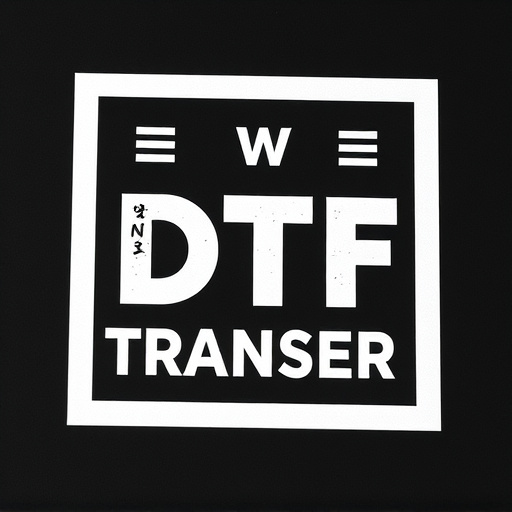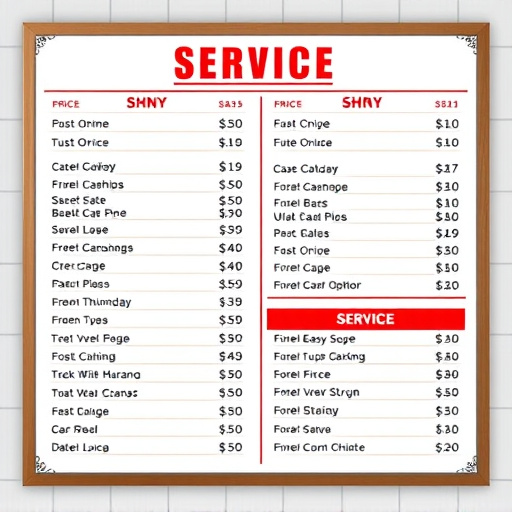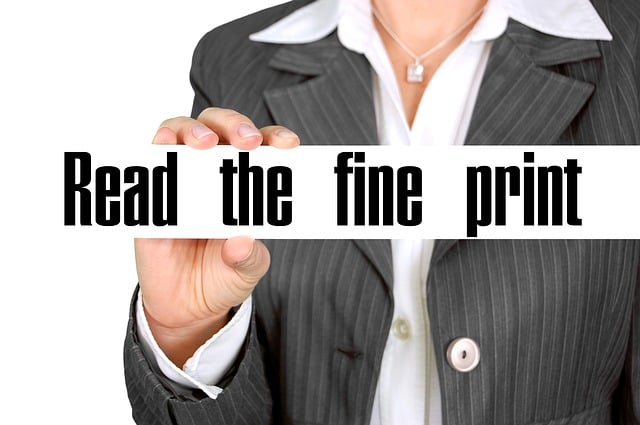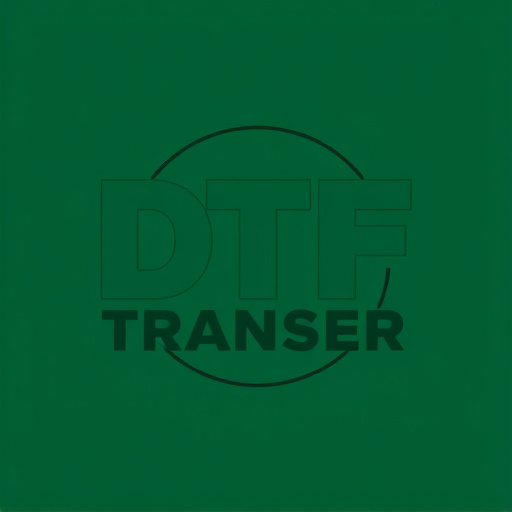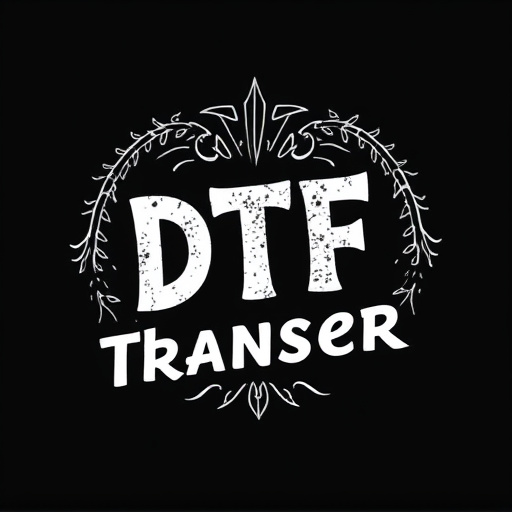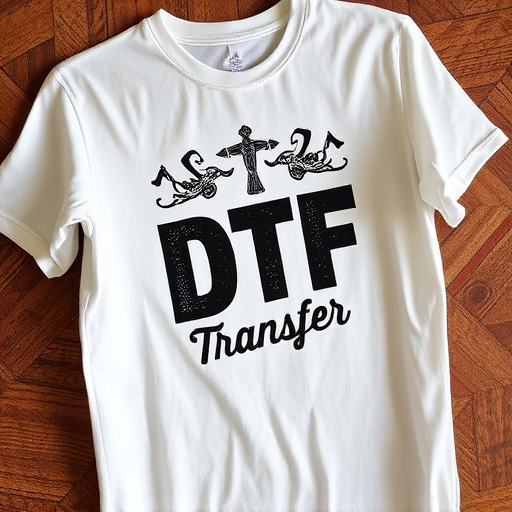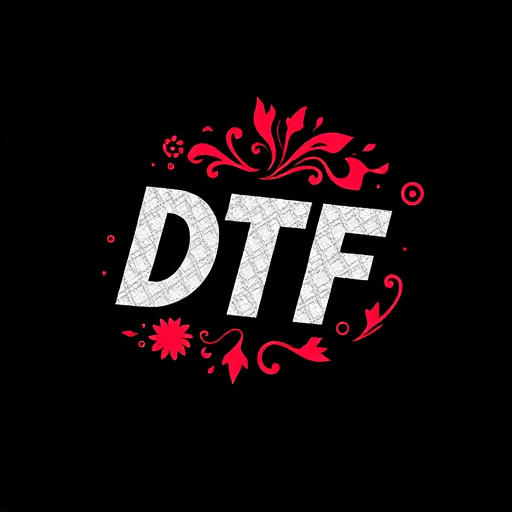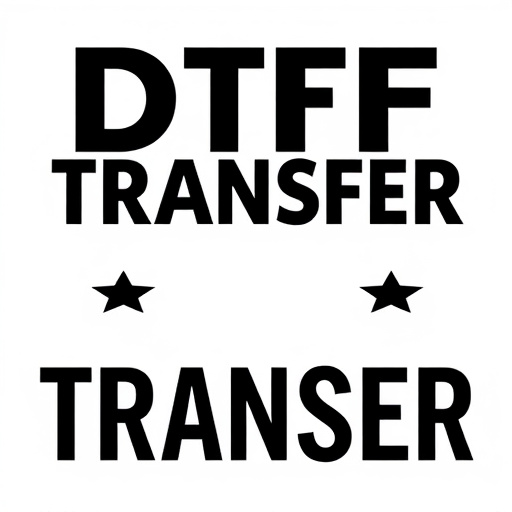DTF (Direct to Fabric) printing is a cutting-edge technology transforming garment customization with vibrant, durable designs on dark fabrics. By eliminating intermediate layers, DTF offers rich color reproduction and exceptional detail, ideal for custom clothing, accessories, and promotional items. This method ensures vivid colors that don't fade, catering to both small-scale enthusiasts and large-scale production needs, while revolutionizing design possibilities across fashion, textiles, and home decor. Choosing the right inks and substrates is critical for optimal print durability and visual impact. DTF transfers enhance customization in various industries, boosting customer satisfaction and setting businesses apart with exceptional color vibrancy on dark surfaces.
Discover the captivating world of DTF (Direct-to-Fabric) transfers, a revolutionary printing method that brings vibrant colors to dark fabrics. This article delves into the unique process, highlighting its appeal for designers and manufacturers alike. We’ll explore the technical aspects, from choosing the right inks and substrates to achieving optimal results. From fashion to signage, DTF offers endless creative possibilities, making it a game-changer in various industries.
- Understanding DTF Transfers: A Unique Printing Method
- The Appeal of Vibrant Colors on Dark Fabrics
- Choosing the Right DTF Inks and Substrates
- Technical Considerations for Optimal Results
- Applications and Industries Benefiting from DTF Transfers
- Exploring Creative Possibilities with DTF Design
Understanding DTF Transfers: A Unique Printing Method
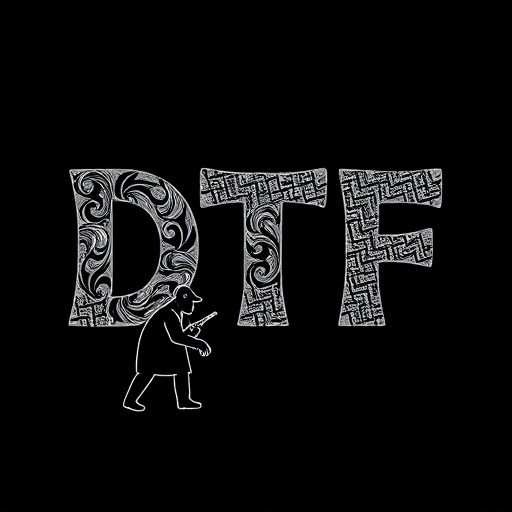
DTF (Direct to Fabric) transfers are a cutting-edge printing method that offers vibrant, durable designs on dark fabrics. Unlike traditional printing techniques, DTF involves transferring ink directly onto the fabric surface, eliminating the need for intermediate layers or coatings. This unique process allows for rich color reproduction and exceptional detail, making it ideal for creating eye-catching graphics on various garments and textiles.
The key advantage of DTF lies in its ability to produce high-quality prints on even the darkest fabrics, where other methods might struggle. This technique ensures that colors remain vibrant and don’t fade over time, making it a popular choice for custom clothing, accessories, and promotional items. By using specialized inks and precision printing technology, DTF transfers deliver professional-grade results, catering to both small-scale enthusiasts and large-scale production needs.
The Appeal of Vibrant Colors on Dark Fabrics
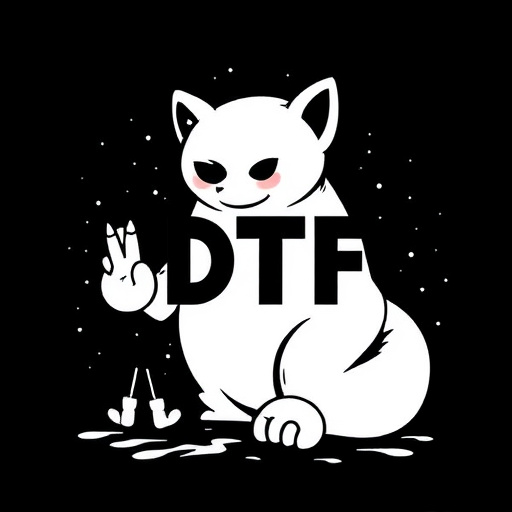
The allure of vibrant colors on dark fabrics is a captivating contrast that has captured the imagination of designers and artists alike. When bright hues are applied to black or deep-hued materials, it creates a striking visual impact, drawing attention and evoking a sense of energy and excitement. This unique aesthetic has gained significant popularity in recent years, especially with the rise of direct-to-fabric (DTF) printing technologies.
In the realm of DTF, the ability to transfer vivid colors onto dark fabrics opens up a world of creative possibilities. Traditional printing methods often struggle with achieving rich, saturated shades on black surfaces, but DTF techniques revolutionize this process. By using specialized inks and advanced printing technologies, designers can now produce eye-catching designs that pop against the darkness, creating a vibrant and modern look. This approach allows for a diverse range of applications, from fashion and textiles to home decor, offering a fresh and dynamic visual experience for both creators and consumers alike.
Choosing the Right DTF Inks and Substrates
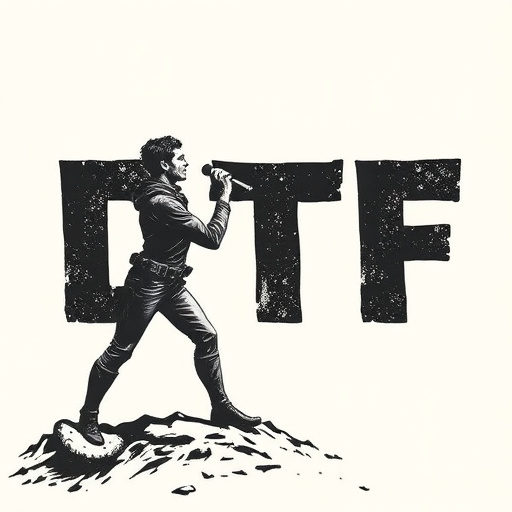
When designing transfers intended to appear vibrant on dark-colored fabrics, selecting the appropriate DTF (Direct to Fabric) inks and substrates is paramount. The right combination ensures that colors pop and details are crisp, making the final print stand out. Key factors to consider include ink opacity, which should be high enough to penetrate dark fabrics without fading, and color vibrancy, crucial for maintaining the intended visual impact.
Substrates play a significant role as well. Opting for high-quality fabric bases that offer good absorbency and dimensional stability helps prevent smudging and ensures the transfer adheres securely. Some commonly used substrates include cotton, polyester, and blends, each offering unique properties that can influence the final print’s durability and appearance.
Technical Considerations for Optimal Results
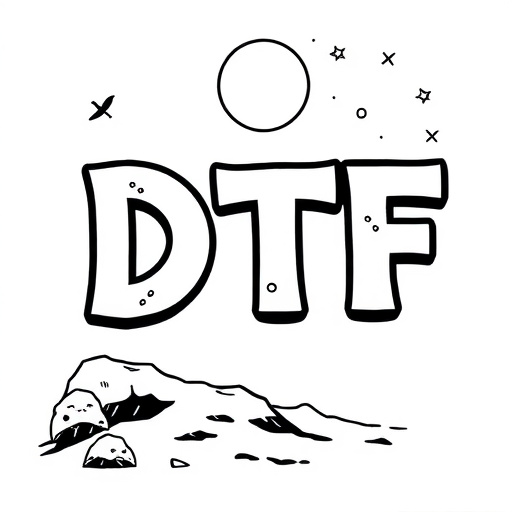
When designing transfers intended to appear vibrant on dark-colored fabrics, several technical considerations come into play for optimal results. The first is choosing the right inks; fluorescent or neon colors can significantly enhance visibility and visual appeal on dark backgrounds. DTF (Direct to Fabric) printing technology is particularly effective here, as it allows for precise application of ink directly onto the fabric, ensuring vibrant and accurate color reproduction.
Another crucial aspect is the selection of suitable substrates. The fabric’s material and finish play a significant role in how the transfer looks once applied. For instance, cotton or polyester blends offer better absorption of inks, while pre-treated fabrics with a smooth finish can produce more refined and detailed transfers. Understanding the interaction between ink and fabric is key to achieving vibrant, long-lasting results.
Applications and Industries Benefiting from DTF Transfers
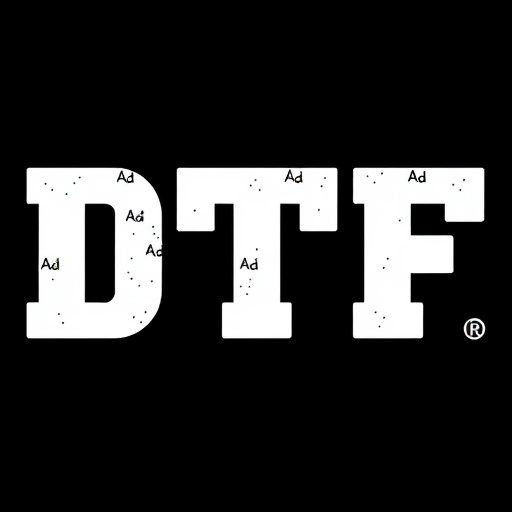
DTF transfers have a wide range of applications and are revolutionizing various industries. Their ability to produce vibrant, high-quality designs on dark fabrics is particularly beneficial for sectors like apparel and accessories manufacturing. Fashion designers can now create bold and eye-catching patterns that really pop against deep backgrounds, offering unique and stylish pieces to their customers.
Another area where DTF transfers excel is in the customization of items such as phone cases, mugs, and home decor. Businesses catering to these markets can quickly adapt to individual customer preferences by printing personalized designs with ease. This level of customization not only enhances the customer experience but also allows companies to stand out in a competitive market, all while maintaining exceptional color vibrancy on dark surfaces thanks to DTF technology.
Exploring Creative Possibilities with DTF Design
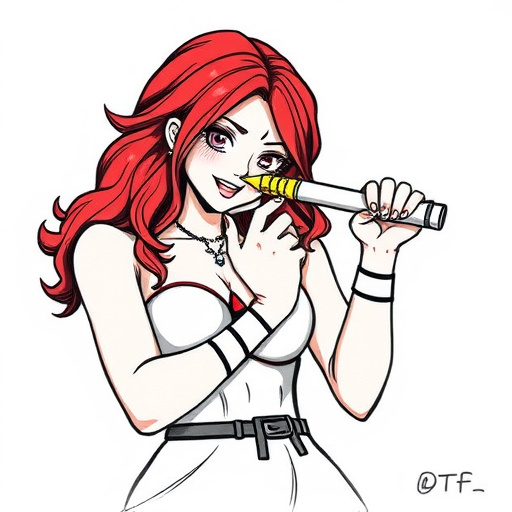
The world of DTF (Direct to Fabric) design offers a vibrant and creative playground for artists and designers looking to make their marks on dark fabrics. By eliminating the need for traditional printing methods, DTF allows for unique and eye-catching transfers that really pop against deeper hues. This innovative technique opens up a realm of possibilities, encouraging experimentation with various colors, patterns, and effects.
Artists can now create intricate designs with fine details that were once challenging to achieve on darker fabrics. The precision of DTF ensures that every element, from bold graphics to delicate line work, is rendered with exceptional clarity. This technology empowers designers to tell stories, evoke emotions, or simply make a statement, all while pushing the boundaries of what’s possible on fabric.



